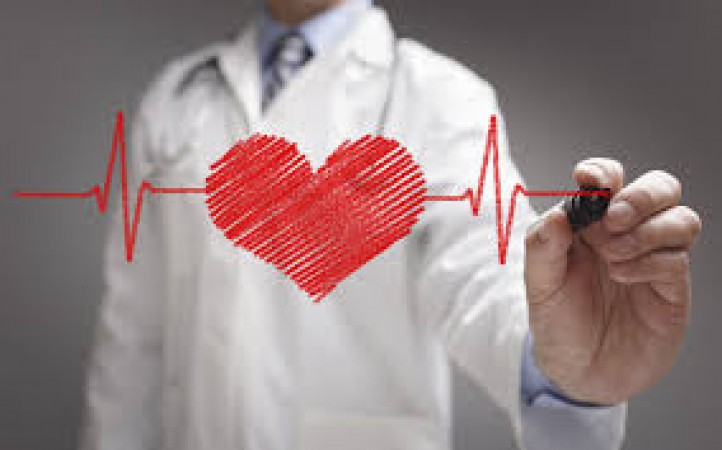
In the complex landscape of cardiovascular well-being, it is paramount to unravel the intricacies that distinguish a heart attack from cardiac arrest. Despite the common tendency to use these terms interchangeably, they represent discrete medical events, each with its own set of implications for individuals. Let's embark on a comprehensive exploration of each condition to foster a nuanced understanding that empowers individuals to navigate the terrain of heart health.
A heart attack, scientifically known as myocardial infarction, unfolds when the blood flow to a segment of the heart muscle encounters obstruction. This obstruction typically arises from the formation of a blood clot within a coronary artery, the vessel responsible for supplying oxygenated blood to the heart.
At the forefront of heart attack symptoms is persistent chest pain or discomfort. This sensation can extend beyond the chest, radiating to the arms, neck, jaw, or back.
Individuals undergoing a heart attack may also grapple with shortness of breath, often accompanied by sweating and nausea.
In the event of a suspected heart attack, swift action is imperative. The first line of defense is dialing emergency services promptly to ensure timely intervention and access to medical care.
Chewing aspirin, a practice advised in the early stages of a heart attack, can help thin the blood and potentially mitigate the impact of the clot. However, it is crucial to consult a healthcare professional promptly for comprehensive guidance.
In stark contrast to a heart attack, cardiac arrest is characterized by the abrupt cessation of the heart's pumping function. This cessation occurs due to an electrical malfunction that induces an irregular heartbeat, known as arrhythmia.
During a cardiac arrest, affected individuals lose consciousness suddenly. This stark and sudden loss of awareness underscores the need for immediate and decisive intervention.
Cardiopulmonary resuscitation (CPR) and automated external defibrillators (AEDs) emerge as pivotal tools in reviving the heart's rhythm during a cardiac arrest. Timely administration of these measures significantly enhances the chances of survival.
A heart attack typically unfolds gradually, with symptoms manifesting over a period, allowing some time for intervention. In contrast, cardiac arrest strikes suddenly and without warning.
The genesis of a heart attack often lies in the formation of a blood clot, impeding blood flow. Conversely, cardiac arrest is triggered by an electrical malfunction disrupting the heart's natural rhythm.
Prioritizing a balanced diet rich in heart-healthy nutrients and engaging in regular physical activity form the cornerstone of preventing cardiovascular issues.
Routine health check-ups serve as a proactive approach to detecting and addressing risk factors before they escalate, enabling timely interventions to avert potential heart-related complications.
In essence, unraveling the distinctions between a heart attack and cardiac arrest is not merely an exercise in semantics; it is a crucial step toward fostering awareness and preparedness. Understanding the symptoms, initiating prompt responses, and embracing preventive measures collectively contribute to prioritizing heart health. In the dynamic landscape of cardiovascular well-being, knowledge is the linchpin that empowers individuals to navigate potential challenges. Through lifestyle choices, awareness, and informed actions, the journey toward optimal heart health becomes a shared endeavor.
Beijing Breaks 70-years-Cold-Record: Sub-Zero Temperatures Grip China
Israeli Forces Demolish Home of Terror Mastermind, Mohammed Dayef
Israeli Airstrike Claims Lives of 76 Palestinians in Gaza, Including UN Employee and Family